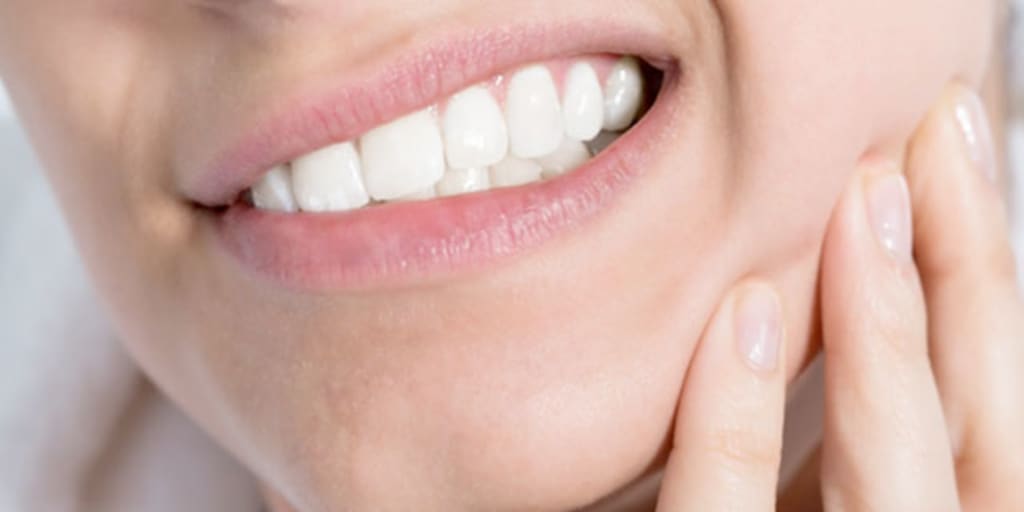The Gnatholgy today.
Gnatholy and kinesiology approach

Gnathology is a branch of dentistry whose main objective is to analyze and treat problems related to the masticatory system, thus involving the jaw joint, jaw bones, muscles, and other anatomical structures.
This discipline deals with the treatment of common problems such as facial pain, bruxism, chewing, swallowing, and breathing. II chewing system, in fact, is very complex and closely connected with the rest of the human body, including the musculoskeletal system and posture.
Sometimes disharmonies in the body can cause problems such as reduced ability to open the mouth, joint and muscle pain, temporomandibular joint noise, and tinnitus. In some cases, even pain in other seemingly unrelated parts of the body, such as the shoulders, back, or knees, may instead be the result of impaired masticatory function.Gnathology is that branch that deals with problems of the TMJ (Temporo Mandibular Joint) and the repercussions they have on adjacent structures such as muscles, teeth, ear, neck, head, posture dare problems in other districts of the body not to be underestimated and sometimes such as to impair the performance of normal daily routines. In fact they can cause, for example, pain in the chewing muscles, blockage of normal chewing activity, noises such as clicking, headaches, earaches, dizziness, tinnitus, neck pain, back pain etc.
Localized or radiating orofacial pain of the masticatory muscles or mandibular joints
Noises such as clicking, creaking, or cracking in the mandible
Difficulty or pain during chewing or other oral functions
Limitations in mandibular function
Blockage in opening or closing the mouth
Bruxism, grinding or clenching of teeth with soreness
We often speak of gnathology related to posture-in fact, the stomatognathic apparatus participates in overall posture, and its malfunction can cause often symptomatic imbalances in other parts of the body. That is why proper functioning of the stomatognathic apparatusis related to the concept of overall health. That is why intervening in these cases requires a holistic view with an interdisciplinary protocol, that is, encompassing approaches not only dental but also physiotherapeutic, osteopathic, orthopedic and in some cases even pharmacological. All of course with prior proper instrumental and kinesiological diagnosis (according to the SIGMO school, Italian Society of Medical and Dental Kinesiology according to the philosophy of Dr. Gian Mario Esposito) THERAPY The therapeutic goal is the resolution of the painful symptomatology and for all this necessary a scrupulous diagnostic phase that can move to the resolution of problem tale with bite, functional appliances (by Pedro Planas and Wilma Simoes), selective molage (to remove destabilizing precontacts), additive techniques (conservative or prosthetic) according to the philosophy of RNO (Neuro Occlusal Rehabilitation) in collaboration if necessary with physiotherapy treatments, osteopathic, pharmacological etc.
Dental kinesiology is a method of body questioning that highlights how malocclusion and posture are closely linked: unbalanced teeth and jaw can affect any musculoskeletal district, resulting in multiple symptoms ranging from headaches and cervicalgia to shoulder and back pain. This approach plays a crucial role in dentistry, as it allows:
- Accurate diagnoses: Using kinesiologic muscle testing, an accurate diagnosis of chewing disorders can be conducted. If the cause is dental, again using the test, therapy can be planned and its effectiveness over time can be evaluated.
- Identify relationships between occlusion and posture: The interaction between tooth position and body posture is crucial.
Problems such as laterodeviation, open bite, deep bite or crossbite can affect posture. Dental extractions, inappropriate restorations, and incorrect vertical dimension can also cause masticatory dysfunction with negative effects on posture.
- Carry out a review of therapies:
Dental kinesiology offers a formidable tool for subsequent verification of therapies performed, ensuring the patient's well-being.
About the Creator
Salvo Birreci
I am an Italian physician and dentist who has been dealing exclusively with gnathology and applied kinesiology for years.
Only with the kinesiological method can one be certain of the diagnosis in gnathology.





Comments
Salvo Birreci is not accepting comments at the moment
Want to show your support? Send them a one-off tip.